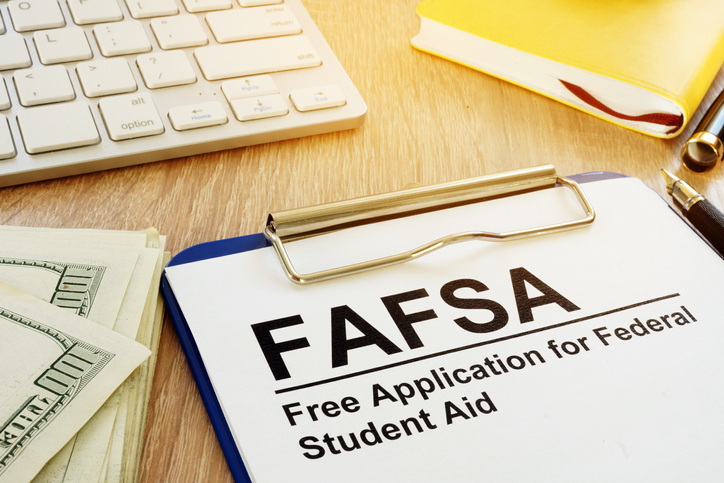 (Photo: Getty Images)
(Photo: Getty Images)
For many high school students, applying for financial aid has been a staple of the college planning process in addition to touring campuses and choosing a major. It can also be a daunting task if you’re doing it alone.
The Free Application for Federal Student Aid (FAFSA) for the 2022-2023 school year opened earlier this month. Whether it’s student loans, Pell Grants or other need-based aid, students have more time to secure aid for college. Prior to 2017, the application period opened in January each year.
Here’s what you need to know to start preparing for FAFSA, and what to expect after you’ve applied:
- Create an account on the Federal Student Aid Website — First-time applicants will need to create an account at studentaid.gov. Remember to save your FSA ID or username and password in a safe place. You’ll need to refer to it more than you can imagine.
- Gather all relevant documents — Individuals should have their social security number, or an Alien registration number for non-citizens, when applying. Tax information, record of untaxed income, bank account balances in addition to a list of the schools one is interested in attending are also important documents to keep in hand. Dependent students will also need all of their parents’ income information.
- Determine dependency status — There are different award limits for independent and dependents students. If a parent claims a student as a dependent on their federal income tax return, they are a dependent student. Other criteria for dependency status can be found here.
- Research FAFSA deadlines — Each state and university has its own deadlines for when forms need to be turned in. Those deadlines can be found here. Students can also get in touch with their school’s financial aid department to find their deadlines.
- Colleges list — Have a list ready of the 10 schools you want your Student Aid Report (SAR) submitted to. It’s best to add them during the application process instead of adding them later after you’ve gotten acceptance letters. The codes to add specific schools can be found here.
What to expect after filling out the application:
- Within a few days of filling out the FAFSA, you’ll get an email confirmation that the application has been received. It can take up to two weeks to process the application.
- Once it’s fully processed, you’ll receive an SAR with a summary of your financial aid package.That information will be used to determine your federal and state aid and scholarships, based on the cost of attendance. It will also detail the amount in student and parent loans you’re eligible for.
- Make sure you pay attention to the estimate of what your family’s expected contribution will be. While your parents may disagree on their assumed contribution, it’ll give you insight on why the aid amounts were given and how schools will determine additional aid for you.
Once you receive your SAR report and financial aid letters from schools you’ve been accepted to, create a spreadsheet listing each school, yearly tuition, scholarships and/or grants awarded and the amount of student and parent loans you’re eligible for. Keeping track of this information in a place where you can see everything at the same time will help you and your parents make the best financial decision for your college years.